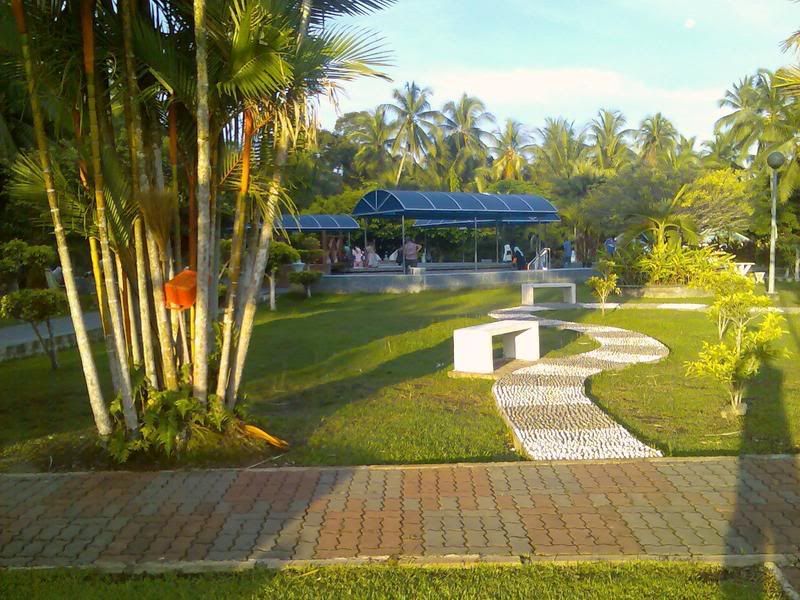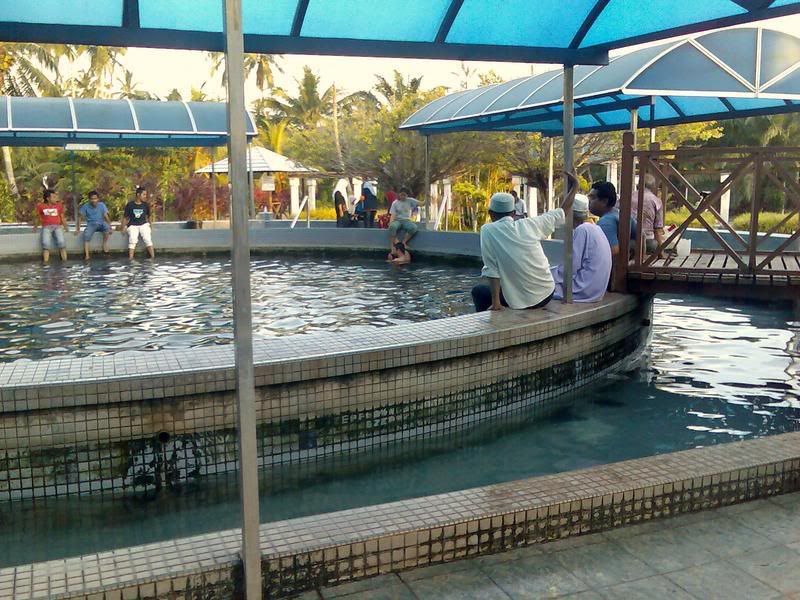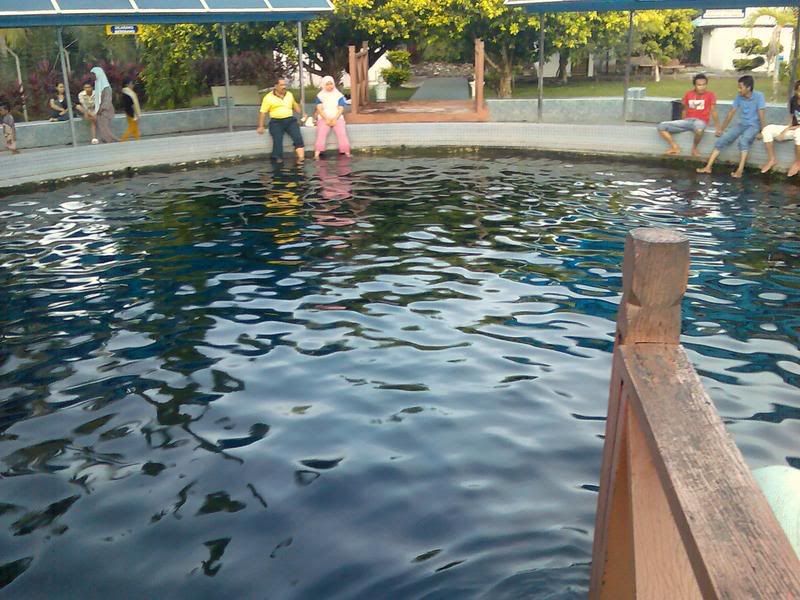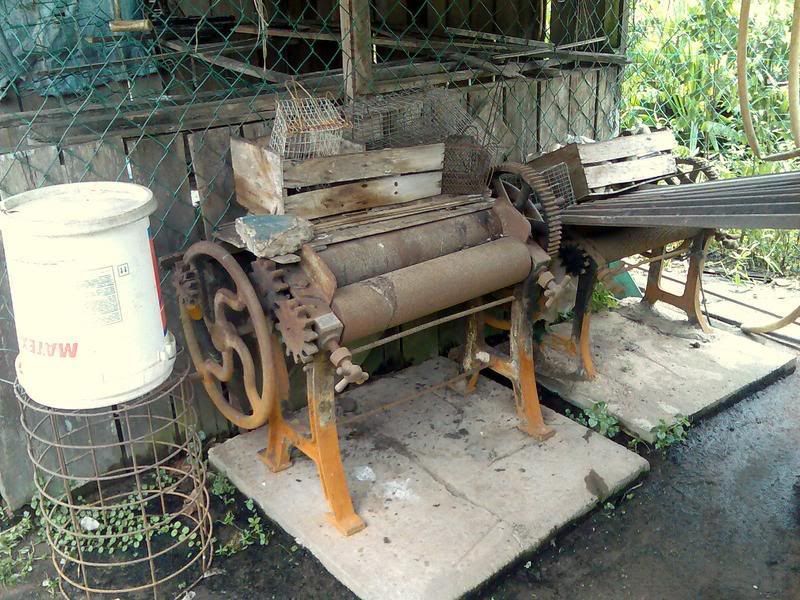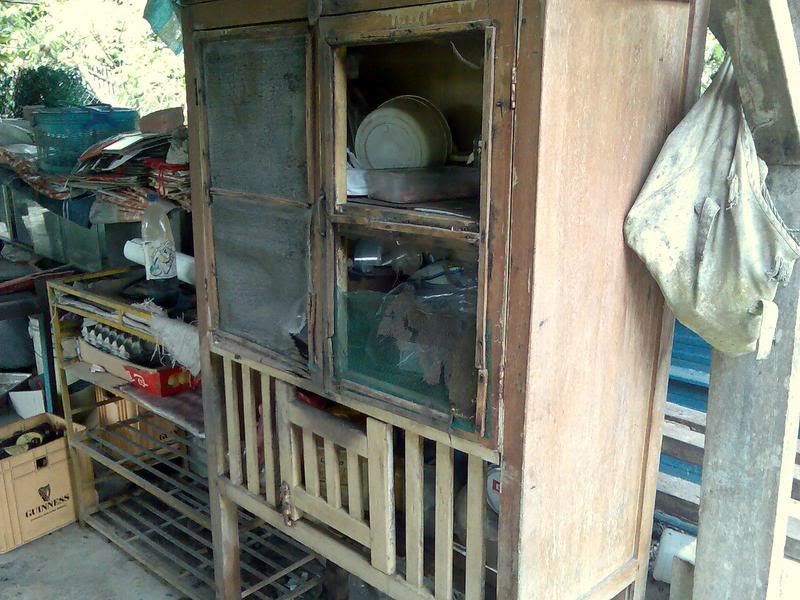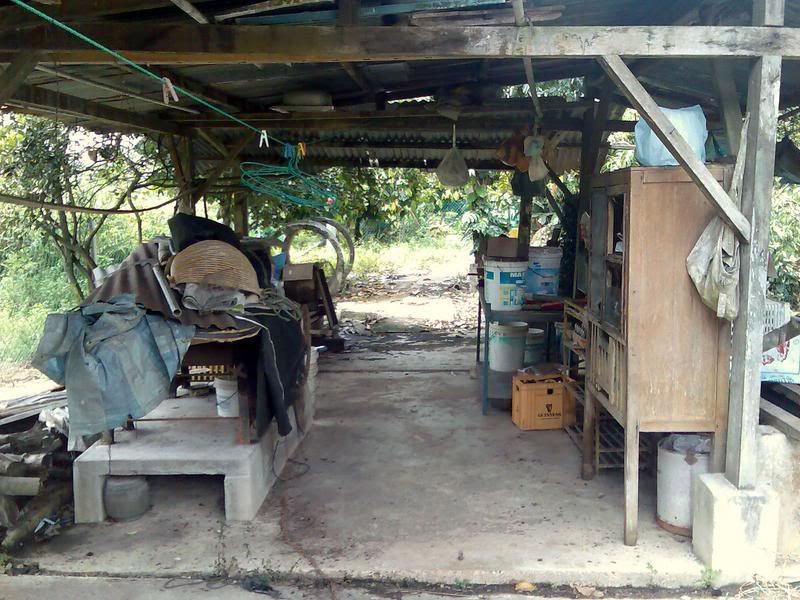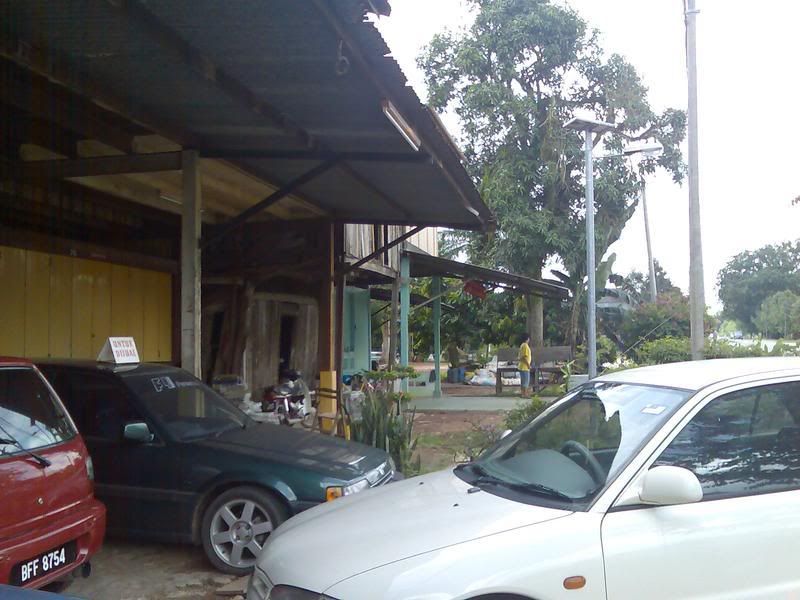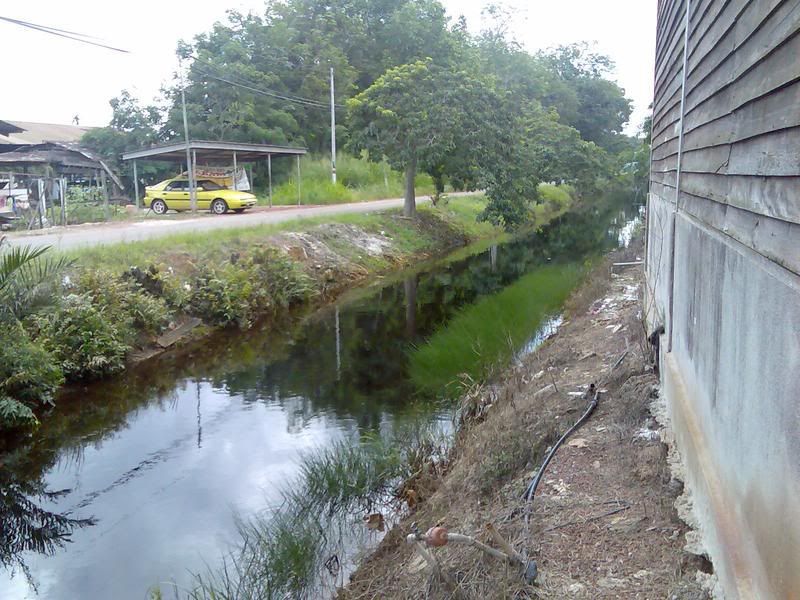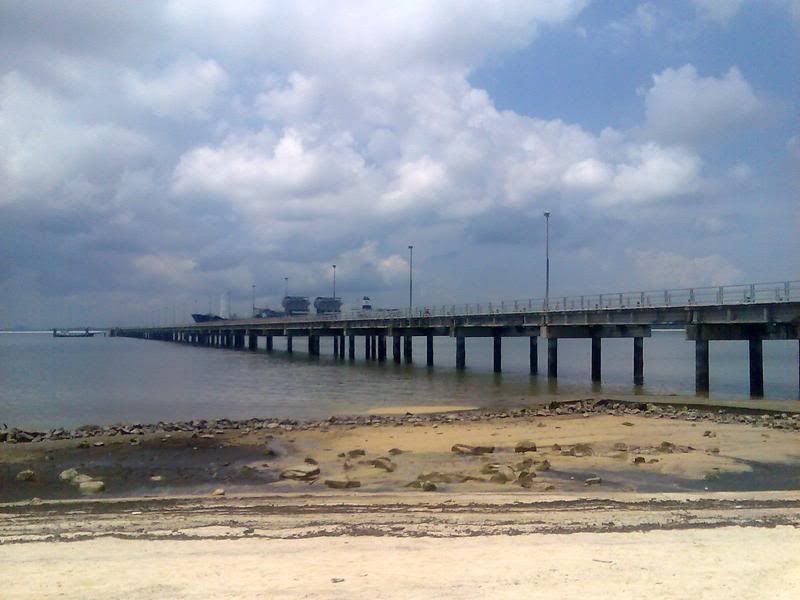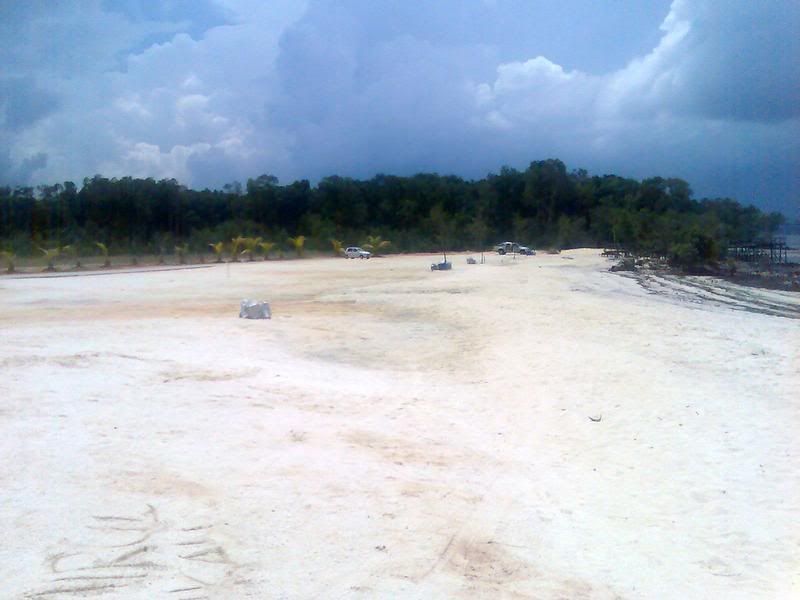 Potolo, Bolivia - Image Copyright © Tewfic El-Sawy - All Rights Reserved
Potolo, Bolivia - Image Copyright © Tewfic El-Sawy - All Rights Reserved The photojournalism world is, once again, self-flagellating at the news that a Toledo Blade photographer published a photo on its March 31 front page that had been digitally altered to remove a distracting pair of legs. The photographer involved subsequently admitted that he had digitally altered other published photographs, and was fired.
This is not the first time that digital alteration of a news photograph makes it to the headlines. During the Israeli-Lebanon conflict in summer of last year, a photographer for Reuters was found to have cloned additional smoke plumes to a picture of Beirut buildings bombed by the Israeli airplanes. He too was promptly fired.
These seemingly isolated cases of photographic 'cheating' gave rise to a tide of photographers wondering where can the line be drawn on digital alteration...for instance, is cropping considered an alteration? Some purists would say yes. Is there a difference between cloning in and cloning out? Some say no, while others opt for a more open mind. Others go the extreme by saying that even flash should not be used as it adds an element that is not in the scene.
Of course, all photographs are in some way 'manipulated'. The angle from which a photographer chooses to frame his shot...the selection of the moment, the lighting, etc. are all legitimate techniques by which the photographer manipulates the images. Let's not forget that before the age of the digital camera and Photoshop, photographers used red filters to darken skies, used warming filters, polarizers to darken the sky and when in the darkroom, dodged and burned to their hearts' content...etc etc.
I tend to agree with Reuters' code of conduct for photographers, and that cloning (except for dust removal), healing or brush tools in Photoshop should not be used. Over darkening an area of the photograph is considered manipulation, while cropping should be left at the discretion of the photographer.
All this is understandable for photojournalists, editorial and news photographers, but what about travel photographers? Naturally, there are many types of travel photography...there's the imagery published in the glossy travel magazines which is largely manipulated and altered (aka "improved") and even airbrushed in the post processing phase....and there's the type of photography that I am interested in, which is akin to photojournalism in its self-imposed code of conduct.
I recall a recent moment of indecision when editing a well composed photograph of an Ethiopian woman who, unnoticed by me at the time of photographing her, had a fly on her cheek. Do I clone the fly out or do I keep it in? I opted for its removal, since it wouldn't change anything to the photograph. However, if the same woman had an unsightly mole instead of a fly, would I clone it out? The answer is no. I'm not in the fashion photography business, and the mole is part of her. I rarely crop in the post-processing phase of my photographs. If I crop, I do so in-camera while framing the image...however, there are some instances where an errant hand or branch does intrude in, and mar the resulting picture, so I have to. But happily in my case, these are rare instances.
By the way, Steve McCurry is reported to have said that he doesn't ask people in the Third World to smile for his photographs because they usually have bad teeth. I hope he only says that because his clients don't want to publish photographs of people with crooked or missing teeth in the travel glossies. Does it reflect reality? Of course not, but that's what the travel publication market, perhaps misguidedly, frequently requires and eventually always gets.
As for me, I am comfortable with my basic rule: don't alter reality.




